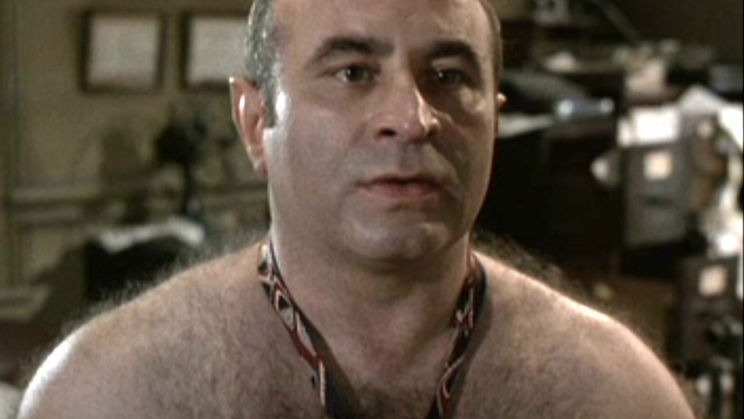- cross-posted to:
- technology@lemmy.world
- cross-posted to:
- technology@lemmy.world
3V at 100 microwatts significantly limits its usefulness.
They say they’re planning to make a 1W version, which I assume will be either be much larger or have a much shorter lifespan. How does it work? Does it have a way to stop the reaction or does the 1W battery generate 1W of heat when there’s no load attached?
I think for embedded iot type apps it could be great, pair it with some caps for peak loads (read/transmit).
Some microprocessors in deep sleep mode can consume less than 100 microwatts, so I guess it could be possible with this version, but you’d need to charge for a long time. The power consumption of an active ESP32 can reach 700,000 microwatts.
I have some environment monitoring units that run on cr32 that last around 12 months (not ESP’s ;) )
I agree that’s low. claim of 3300mWh per gram, also has decay over 50 years. 100 microwatts over 24 hours is 2.4mWh. 600 microW solar for 4 hours is the same. 1 cm2 solar is 25mW, and so more daily power with just 6 minutes of sun per day.
How long until they make a vibrator that fits these?
Fallout vibes
I always wondered why there weren’t any nuke batteries available. We have had the technology for decades.
They use a more efficient process. Something about a diamond semiconductor that turns beta particles into electricity instead of relying on heat.
I imagine large part of it is that it’s at odds with capitalist drive to increase consumption.
Planned obsolescence? Now in upgraded, more flashy version!
Can’t imagine why we don’t put nuclear material in consumer products, seems practical.
You mean like Microwaves? Or Smoke detectors? Granite countertops etc. Or watches, and Energy Efficient CFLs?
In smoke detectors and tritium watches the quantity of radioactive material is minuscule compared to the beta emitter in the battery, as in multiple orders of magnitude less. None of the things you mentioned have radioactive material in any significant quantity. If you swallowed or inhaled this battery you’d be exposed to significant amounts of radiation.
A microwave is not an ionizing radiation source.
There is nothing nuclear about microwaves.
Sure, but they are radiation sources and beyond microwaves, “nuclear” material exists in several consumer products, so that isn’t really a reason we haven’t had consumer nuclear batteries.
“Drinking hot tea is safe so drinking boiling water, which is also hot, should also be safe”
The quantity of radioactive material and what form of radiation it emits is extremely relevant to this discussion.
We have seen nuclear batteries - it’s decades old technology at this point. They were used in pacemakers. They stopped in the 80s because it’s too expensive and dangerous. You have to track radiation sources like this.






